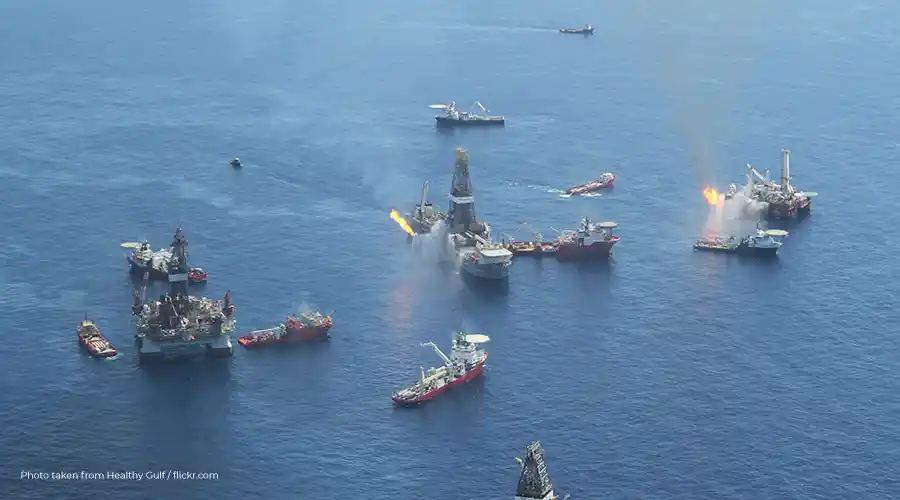Over the years, there have been many oil spills around the world and almost all of these disasters have required massive clean-up efforts. With each accident we learn more about how best to control oil leaks of different types. Below is a brief look at some of the worst oil spills in history, and the efforts that went into cleaning the aftereffects.
Kuwait Oil Spill, Gulf War, 1991 Retreating Iraqi troops opened up oil valves in a bid to stop advancing American forces. The result – 240 million gallons of wasted crude oil that leaked into the Persian Gulf and created an oil spill the size of Hawaii; the largest man-made oil spill that we know of.
How it was cleaned – Though some oil pipelines were sealed off using bombs, the major clean-up took place only after the war. 21 skimmers patrolled the Persian Gulf, recovering 58 million gallons of tainted water. 25 miles of booms were put in place to prevent the oil from washing on shore. Half of the oil evaporated, some washed on shore to Saudi Arabia and the rest was recovered. According to UNESCO reports, the oil spill left no permanent damages.
Amoco Cadiz Oil Spill, English Channel, 1978 The tanker Amoco Cadiz ran aground in the English Channel off the coast of Brittany and dumped its entire payload of 68.7 million gallons of oil into the waters. At the time, this was one of the worst oil spills that single-handedly wiped off much of the marine life in the channel.
How it was cleaned – Chemical dispersants were used but the high seas and heavy winds foiled the efforts. When the oil started washing on the shores of France the government called in vacuum trucks and agricultural vacuum units to remove the sand and oil. Most of it was however removed by hand b activists and volunteers.
Ixtoc 1 Oil Spill, Bay of Campeche, 1979 In June 1979 an oil rig in the Bay of Campeche, Mexico, collapsed under extensive pressure buildup and caught fire. About 140 million gallons of crude oil leaked into the Gulf of Mexico from the sunken oil well.
How it was cleaned –PMEX, the Mexican oil company, estimated that most of the oil burned in the explosion while some of it evaporated. To stop the well from leaking, mud, steel, and iron balls were dropped down the shaft to close openings. Boomers and skimmers were brought into action to protect the coastline along Texas on the other side of the Gulf.
Exxon Valdez Oil Spill, Prince William Sound, 1989 When the Exxon Valdez tanker ran aground on Bligh Reef, Alaska, and spilled 11 million barrels of crude oil into the sea, it became one of the most devastating human-caused environmental disasters in the world.
How it was cleaned –Despite major clean-up efforts involving surfactants, solvents, and dispersants like Corexit, only about 10% of the actual oil spill has been cleaned up so far. According to 2007 estimates, about 26 thousand gallons of oil still remains on Alaska’s shoreline, reducing at less than 4% a year via natural degradation processes.


